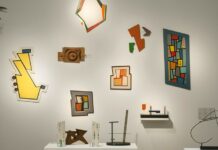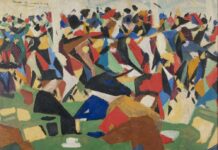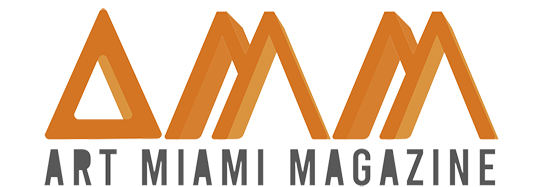Concretism: A Rational Approach to Abstract Art
Concretism is an art movement that emerged in the early 20th century. It is characterized by its emphasis on the use of geometric forms and its rejection of any kind of symbolism or representation. Concretists believe that art should be concrete, meaning that it should be based on real, physical objects and materials.
The term “concretism” was first used by the Dutch artist Theo van Doesburg in 1930. Van Doesburg was a member of the De Stijl movement, which was also known for its use of geometric forms. However, van Doesburg believed that De Stijl had become too abstract, and he wanted to create a new art movement that was more concrete and rational.
Concretism was influenced by a number of different factors, including the rise of science and technology, the development of new materials, and the political and social upheaval of the early 20th century. Concretists believed that art should reflect the modern world, and they used geometric forms to create works that were both visually striking and intellectually stimulating.
Some of the most famous concretist artists include Theo van Doesburg, Piet Mondrian, Sophie Taeuber-Arp, and Max Bill. Their work can be found in museums and galleries around the world.
Concretism had a significant impact on the development of abstract art. It helped to pave the way for other abstract movements, such as Minimalism and Conceptual Art. Concretism also influenced the development of architecture, design, and typography.
key characteristics of Concretism art:
• The use of geometric forms
• The rejection of symbolism and representation
• The emphasis on the concrete and rational
• The use of new materials and technologies
• The reflection of the modern world
If you are interested in learning more about Concretism art, here are a few resources:
• The book “Concrete Art: A Global Survey” by Peter Selz
• The website of the Concrete Art Society
• The exhibition “Concretism: Art, Architecture, Design” at the Museum of Modern Art












